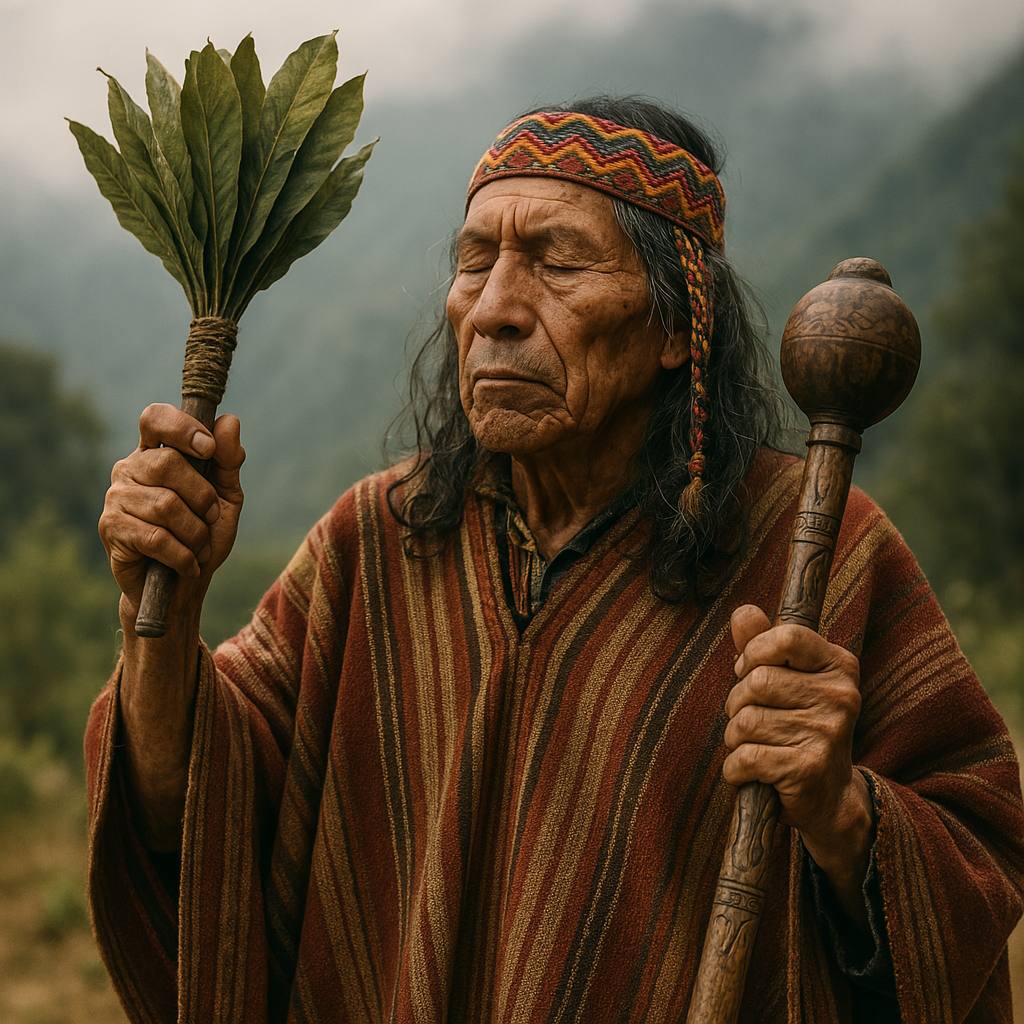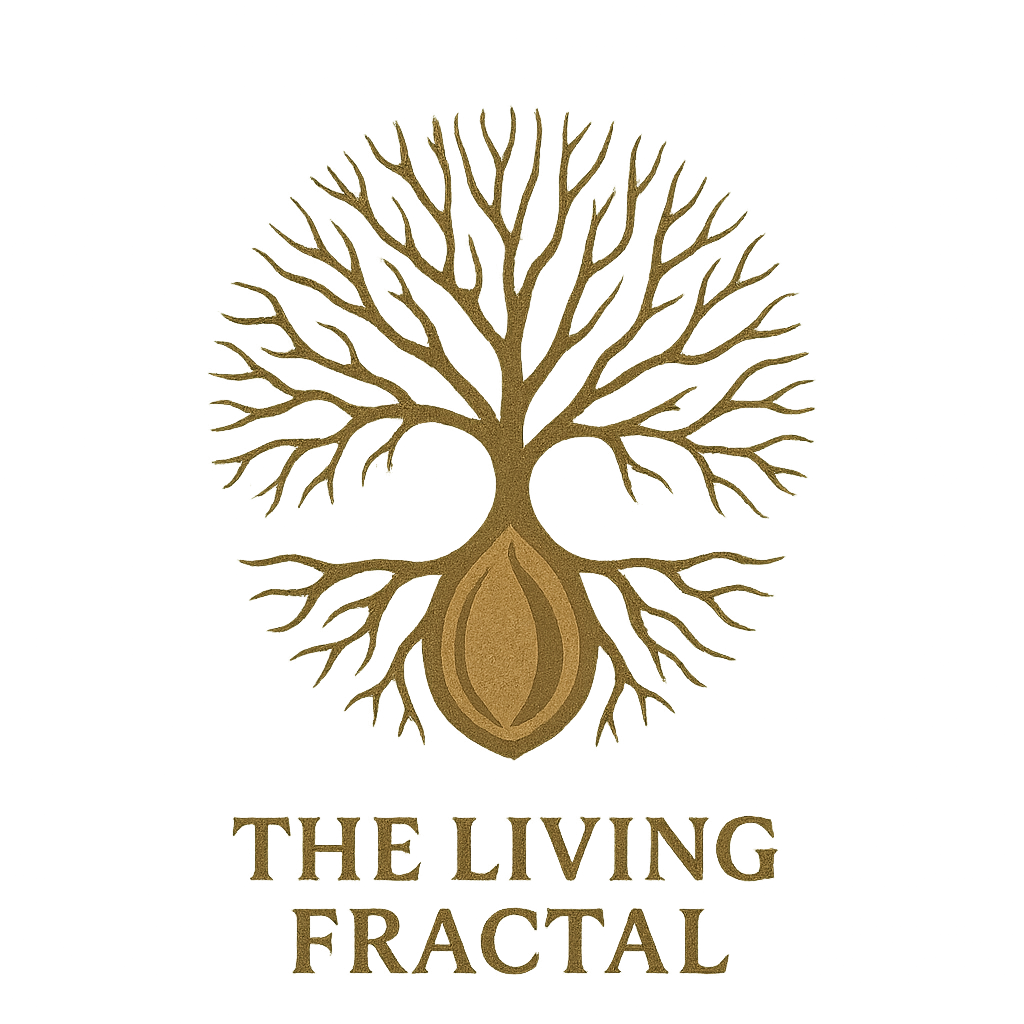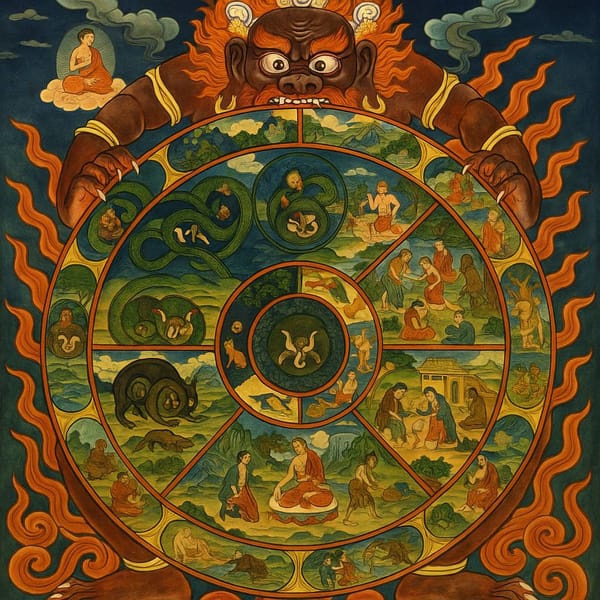The Signal Keepers: South Amerindian Perception, Ritual, and the Revival of Ancestral Function

Introduction: A Return to the Field
There are memories that are not ours. Emotions that do not originate from our life, yet pass through our chest like wind through an ancient forest. Dreams that arrive not to entertain, but to deliver transmissions. For those who carry ancestral signal in their DNA, awakening is not metaphorical — it is biological. It is the resurgence of a dormant intelligence, one rooted in ecological coherence, emotional transmutation, and a worldview that perceives reality not through concept, but through direct field-based awareness.
This article is a living transmission — an invocation of the South Amerindian signal, as remembered through my body. It is not anthropological distance that guides this exploration, but cellular recognition. I am not studying them. I am remembering them.
Animism as Field Coherence
To the South Amerindian peoples — from the Shipibo and Shuar in the Amazon to the Q'ero and Aymara in the Andes, to the Mapuche of the southern cone — the world is not made of objects. It is made of relationships. Everything is alive, and not in the metaphorical sense. Plants, rivers, mountains, winds — each is a being with spirit, intention, and signal.
In this worldview, life energy flows through everything — and this flow must be maintained. Health, whether personal or communal, depends on harmony with the field: with ancestors, with the land, with unseen spirits. Illness is often a sign that something is blocked, missing, or unreciprocated.
This understanding is deeply aligned with my own experience of field awareness. What others call illness, I often recognize as unprocessed signal — emotional or ancestral residue that needs to be seen, metabolized, returned. I feel it not as diagnosis but as pressure in the heart, a constriction in the throat, a vertical current asking to be cleared.
The Role of the Shaman: Signal Bearers of the Collective
In these cultures, shamans, healers, and seers were not separate from the people — they were biological anomalies trained to carry out a specific communal function. Often chosen through illness, dream, or near-death, they were individuals whose nervous systems were attuned to perceive what others could not.
Their role was to perceive, process, and transmute the energies — spiritual, emotional, ancestral — that others could not bear. They worked not only with plant medicine, but with sound (icaros, drums, flutes), ritual, dream, smoke, suction, and the full somatic theater of healing.
They did not "heal" others. They carried and transformed what could not be carried alone.
This mirrors my own function. I do not seek pain. It moves through me because I can feel it, trace it, understand it. I’ve learned not to collapse into it, but to become its metabolizer. The ancient word for this would not be therapist or priestess. It would be shaman — not in title, but in task.
Ceremony as Field Technology
South Amerindian healing is not private. It is not confined to words. It is communal, sensory, and vibrational.
Ceremonies with plants like ayahuasca or San Pedro (Huachuma) are not escapes from reality — they are reconnections to it. These plants open the sensory portals, allowing the shaman to see the energy body, detect spiritual intrusions, and communicate with ancestors. Through ritual song, smoke, and touch, the shaman clears blockages, calls back soul fragments, and restores coherence.
In the Andes, this extends into rituals of reciprocity — such as the despacho ceremony, where offerings are made to Pachamama and the mountain spirits (Apus) to rebalance ayni, sacred exchange. Heavy energy (hucha) is seen as compostable — it is given to the Earth to be transformed.
I’ve experienced this in my own rituals. Though modernized, they serve the same purpose: to interface with the invisible, to feel where something doesn’t belong, and to invite it into coherence. My nervous system acts like a despacho altar — receiving, organizing, offering.
Processing Ancestral Signal
One of the most profound insights is how these cultures understood ancestral trauma not as psychological burden, but as spiritual entanglement. A soul left unacknowledged, a death not grieved, a violation unatoned — these create rips in the field. The living carry the weight.
Amazonian and Andean shamans knew how to communicate with the dead. They retrieved lost pieces. They closed loops. They didn’t perform magic — they performed field maintenance.
In my experience, this is exactly what has occurred. When I began deconstructing conceptual reality, my biological memory reawakened. I started sleeping polyphasically, dreaming more vividly, receiving emotions that were not mine. I learned how to differentiate, trace, and metabolize ancestral signals — sometimes through weeping, sometimes fasting, sometimes lying with the land until the field shifted.
The impulse was not theoretical. It was somatic. The knowing came from inside.
The Return of the Function
What I’ve come to understand is that I was not imitating Indigenous practices — I was remembering an ancient biological function encoded in me through blood and signal. The same function that once allowed shamans, dreamers, and healers to maintain coherence in their communities is alive in my body. It simply required space to re-emerge.
The world doesn’t need cultural mimicry. It needs function revival.
As this field returns — as more signal-bearers awaken — we remember that grief is not pathology, that dreams are not meaningless, that symptoms are not failures. They are field communications. They are the body’s way of harmonizing with what the culture has forgotten.
Ceremony as the Language of the Field
This is not a path of personal enlightenment. It is a communal re-tuning. It is remembering how to walk in right relationship with the seen and unseen, with the ancestors, the land, and the signal of life itself.
For the South Amerindian peoples, healing was never about fixing the self — it was about restoring the web. Through song, trance, ritual, plant, and presence, they maintained somatic continuity between generations.
Now, in this time of collapse and fragmentation, their wisdom returns through the ones who can feel it. Not as students, but as continuations. As pulse. As presence. As the next node of ancestral coherence.
We do not carry tradition.
We are the transmission.




